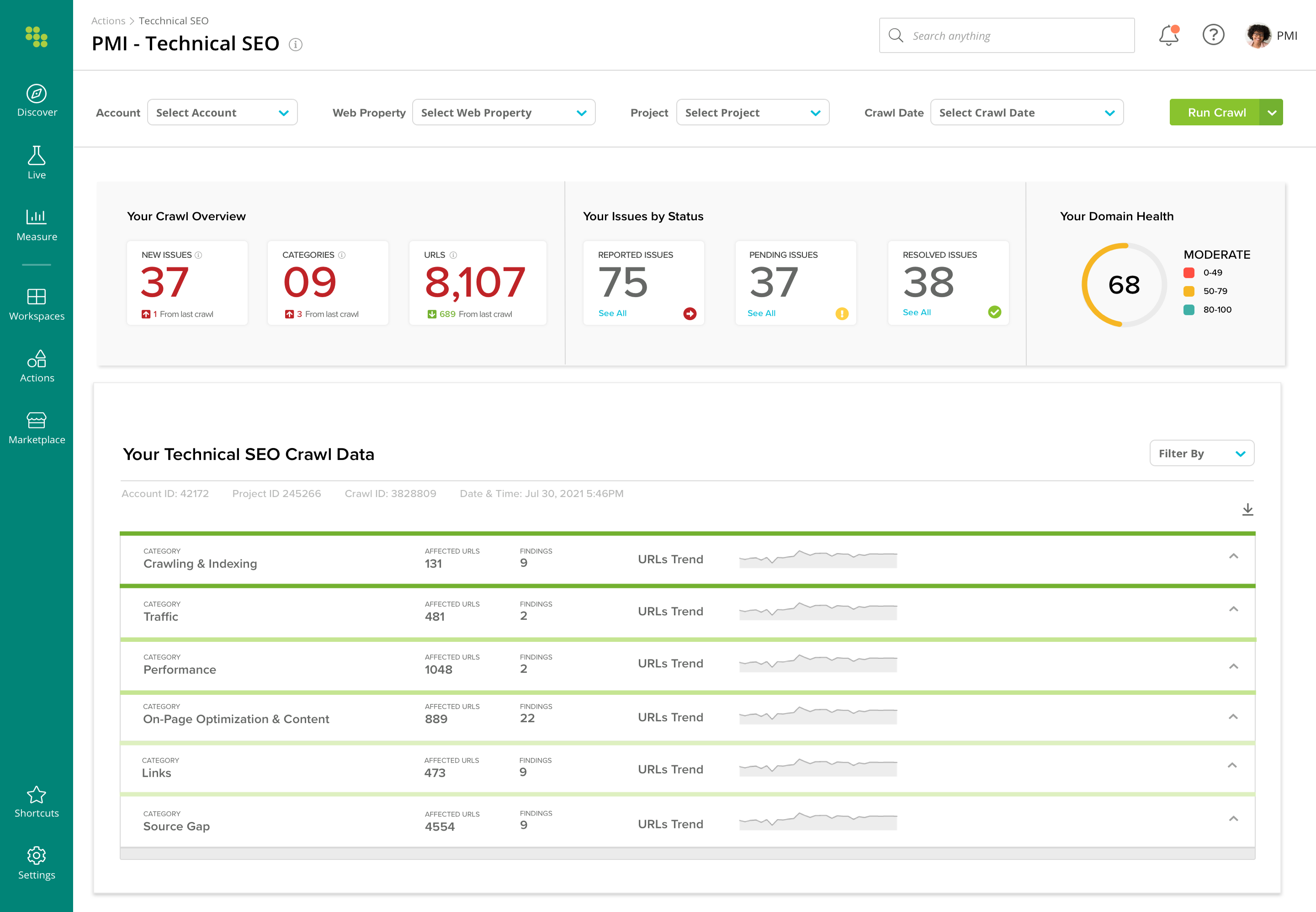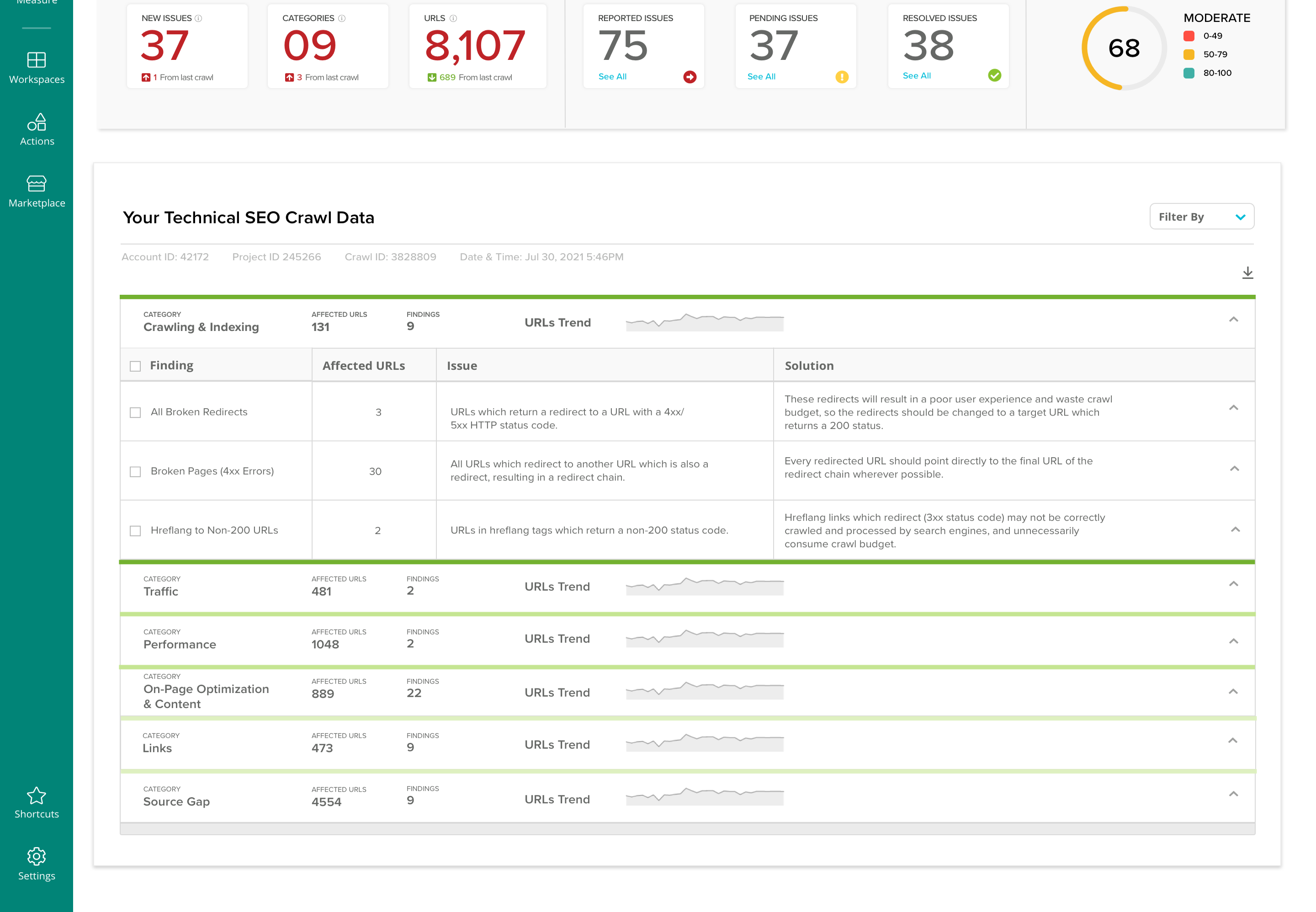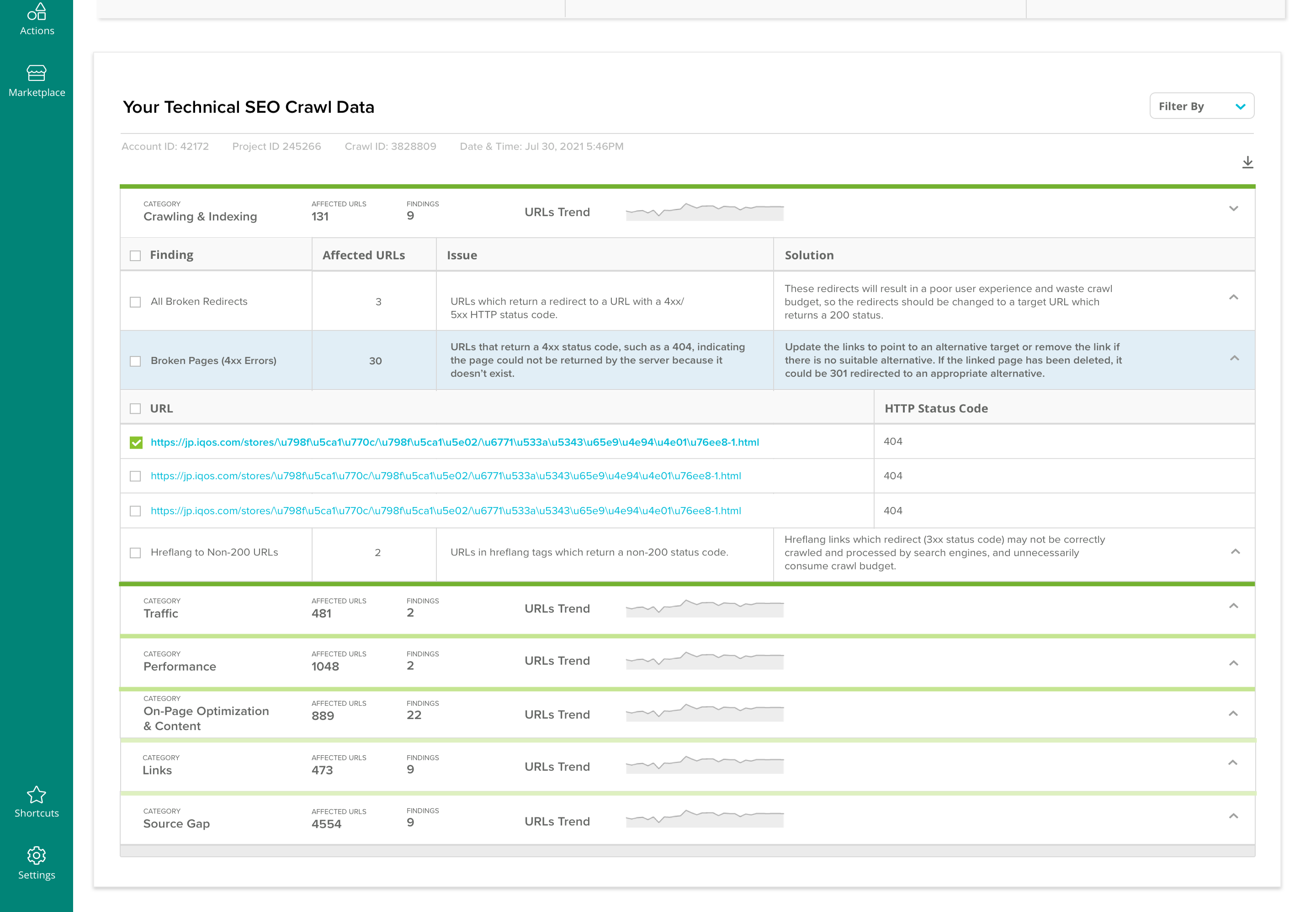intro
Conductor is an organic marketing software-as-a-service platform that helps marketers create and optimize content so it gets found and ranked in search engines. Search engine optimization (SEO) is integral to digital organic marketing. SEO focuses on improving a website's content and structure to help search engines understand it and rank it higher in search results. The goal is to increase the amount of relevant, high-quality traffic to a website.
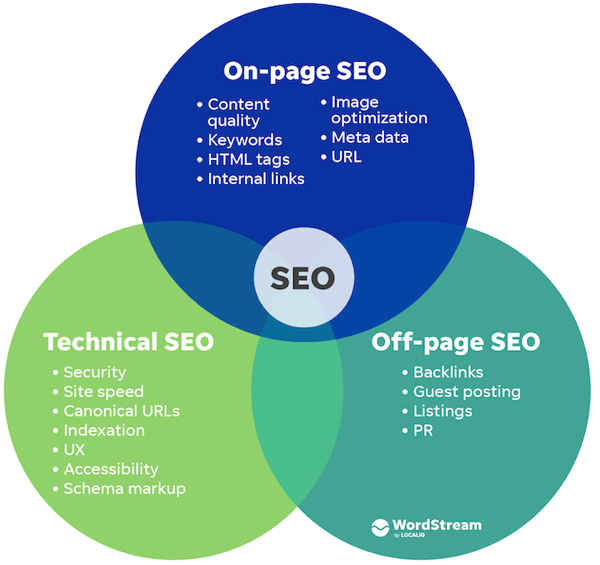
Technical SEO is a foundational part of search engine optimization strategies. It requires high technical know-how to analyze and improve multiple aspects of a website's content and structure to optimize crawlability and ranking.
The Problem
Philip Morris International (PMI) is one of Conductor’s most prominent clients. Their account alone brought in 2 Million dollars in business annually. At the time of their yearly renewal, PMI complained that Conductor lacked the integration of Technical SEO data in the platform that would allow teams and higher executives to understand the complete picture of the digital marketing and SEO teams' activities and ROI.
Conductor partnered with Deepcrawl, which gave users access to SEO data, but only some people used it. Customer Success Managers manually produced spreadsheets of issues and possible solutions for clients that they shared with clients during quarterly meetings.
I was tasked with figuring out how Conductor might integrate technical SEO data into the platform and connect it with other areas, allowing for a complete picture of the efforts. 2 Million dollars in business was on the line.
research
Conductor needed to assess whether integrating Technical SEO Data into its platform made sense for the business. The integration would require a considerable resource allocation and a detour from the current product roadmap.
We conducted 25 interviews with internal Customer Success Managers and Conductor clients who expressed interest in Technical SEO or were heavy users of Deepcrawl data. The conversations focused on understanding:
- How much did clients understand Technical SEO and its impact?
- What process, if any, did they follow to resolve technical SEO issues they identified?
- What were the most common technical problems they came across?
Our research showed that customer service managers and clients didn’t have access to the technical teams that could implement the changes necessary to resolve the identified technical issues. Clients felt they did not have the knowledge to lobby for the work to be done.
For this effort to be successful, I identified the following goals for our design solution:
- Data needed to be easy to digest.
- Automate Issue Prioritization Model.
- Two-way communication with existing issue-tracking software for developers.

Measuring success when the issue is technical is often a dead end for us. Clients don't know how to implement the recommended changes and don't have a process for working with internal development teams. There’s just no good way for me to show the value of what could happen if they fix this issue.
Conductor Customer Success Manager
Design Solution
Our design solution was informed and powered by the Customer Service Managers' process with their clients. Conductor created an issue prioritization model that CMS needed to customize manually for each client. Alongside the data provided by Deepcrawl, we integrated a dashboard into the platform that will allow users to run crawls and have a snapshot of everything happening with their domains.
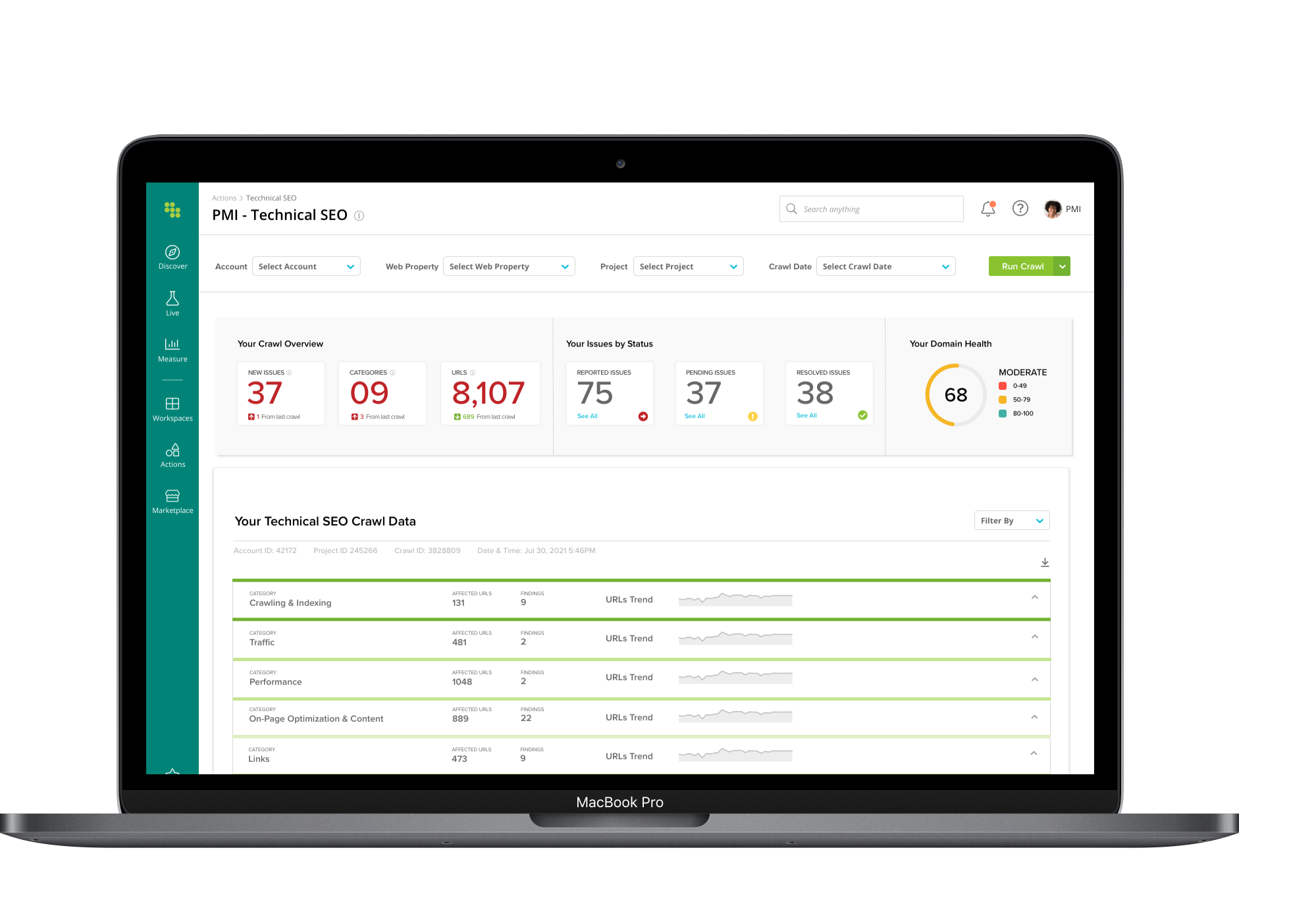
01 - Running Crawls
The design solution included the ability for users to run crawling projects directly from the Conductor platform. Users would have the ability to manage multiple crawls for various accounts.

02 - Quick Snapshots
We created three widgets that will provide a snapshot of the data in the crawls.
Widget 01 - Crawl Overview
Users can quickly view the number of new issues, the categories they fell into, and the URLs affected. The snapshot would also include the changes in these numbers compared to the last crawl conducted. I decided to use red for these numbers to draw attention and convey a sense of urgency to users visually.
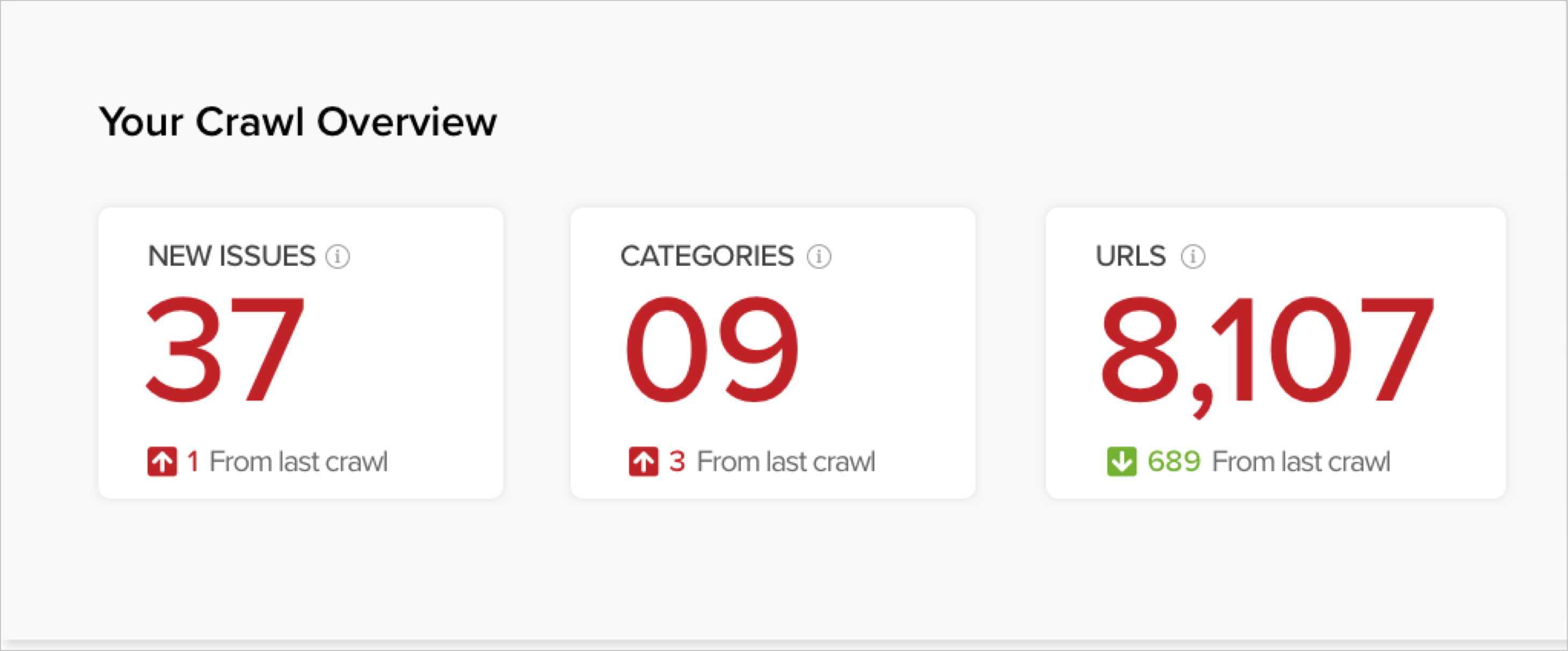
Widget 02 - Issues by Status
This widget contains a snapshot of the status of tickets submitted to the development teams, powered by two-way communication with issue-tracking systems like JIRA. Part of the solution includes automating issue reporting with the crawl findings. Tracking implementation efforts into technical issues could result in a proven correlation between the effects of investing in technical SEO and ranking results over time.
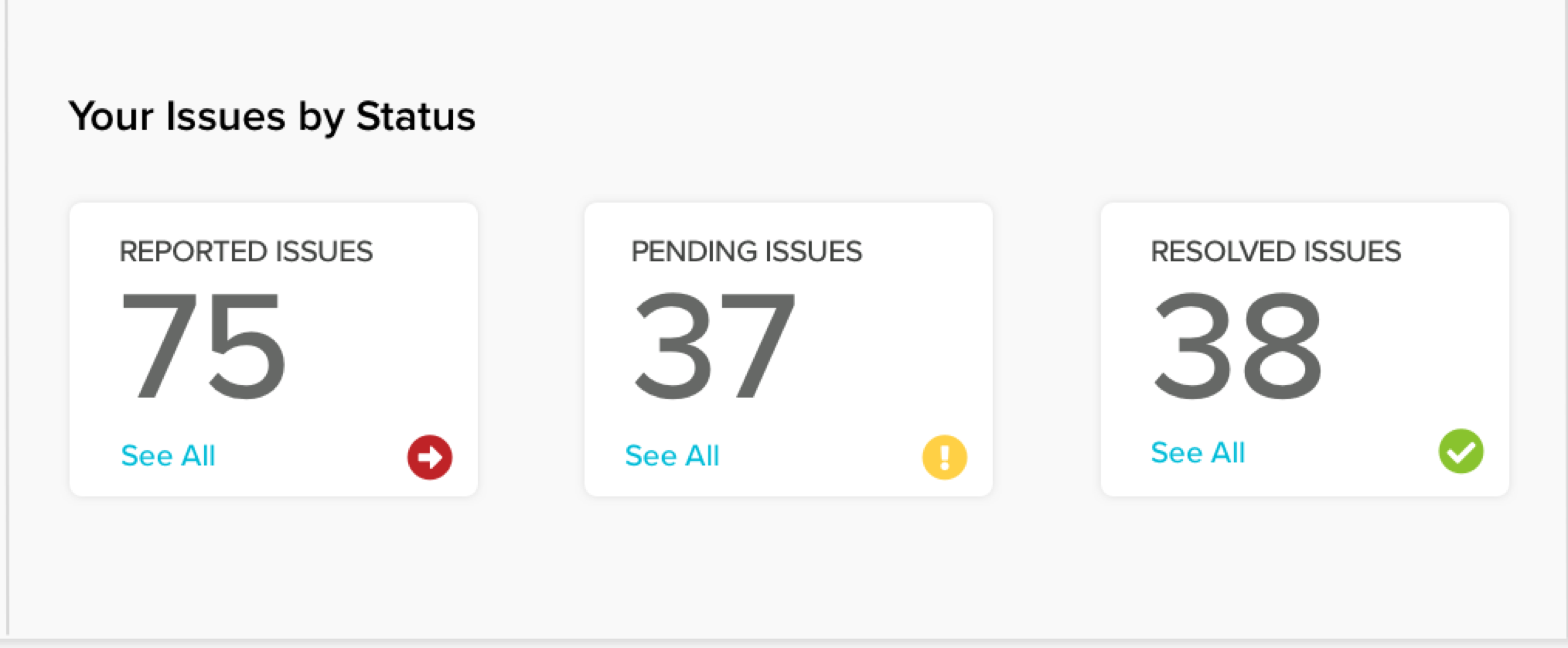
Widget 03 - Domain Health
It provides the user a look into the overall operational integrity and security of a website's domain
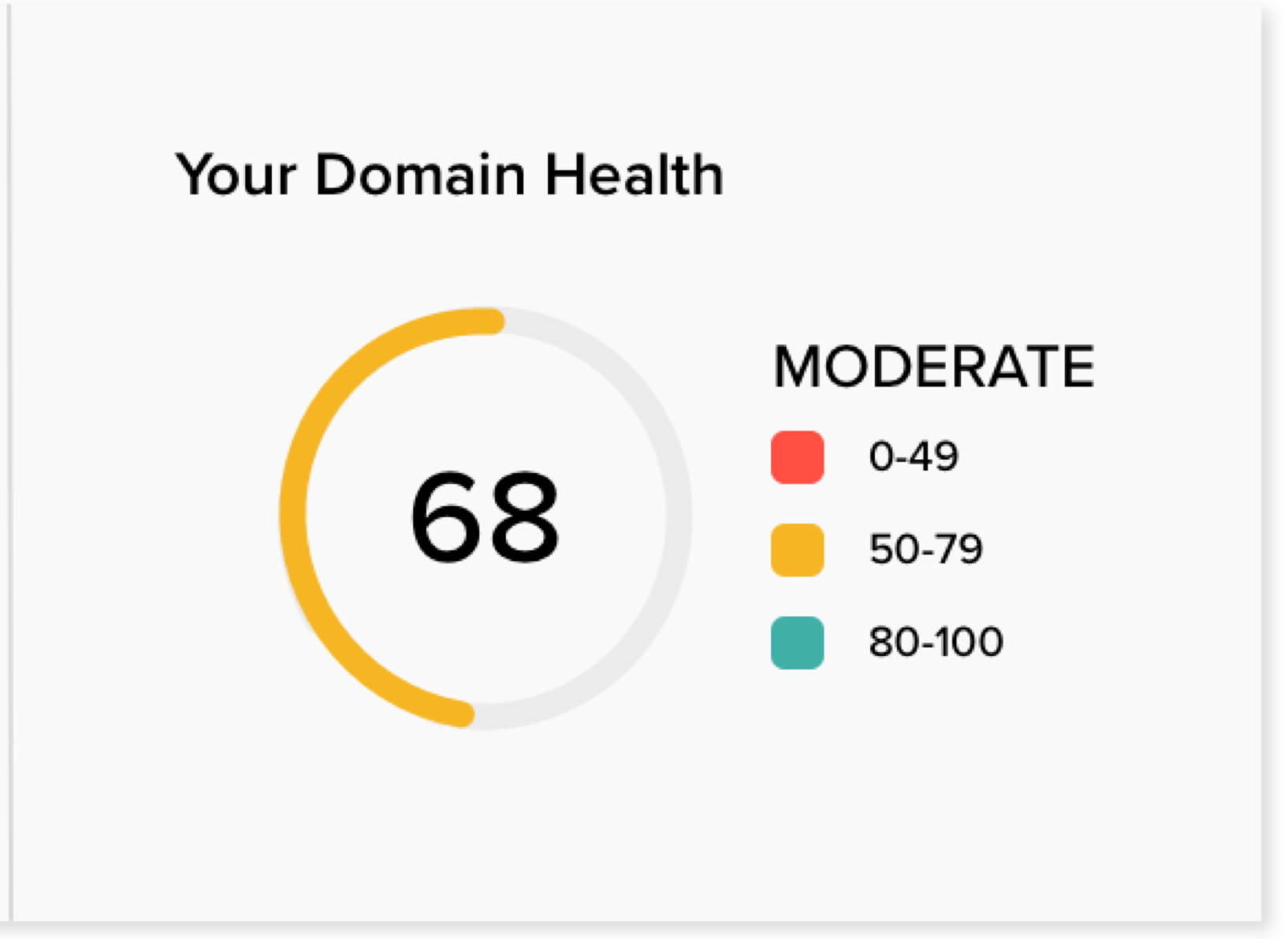
03 - Data Panels
This panel showed the details of the crawl report, allowed users to investigate what URLs were affected, and allowed them to export all or parts of the data and send it directly into the issue tracking system. The green bar toppers in the different green hues emphasized which issues were more critical using the prioritization model used by the CSMs.
Outcome & Reflections
Outcome
- PMI renewed its contract with Conductor.
- The executive team decided to prioritize Technical SEO investment, resulting in the acquisition of Content King.
- We used this exploration to identify the gaps in the technology stack being used to develop the application.
- In user testing, we saw a 25% reduction in users' time looking for the data set to work on.
Reflections
- Acquire more insight into onboarding teams’ process for clients. How to connect the right teams feels like a blind spot that is key to the success of this solution.
- Explore more visual ways to showcase the prioritization model and its benefits.
